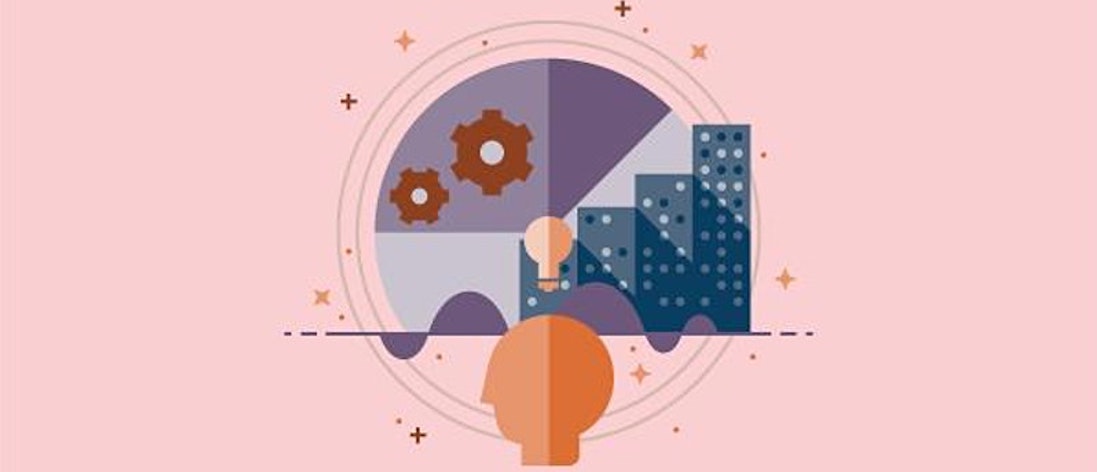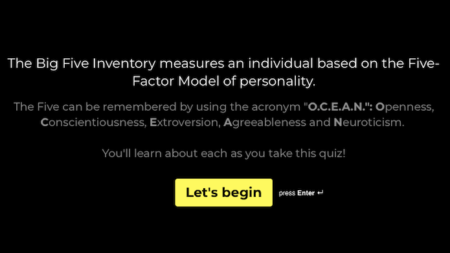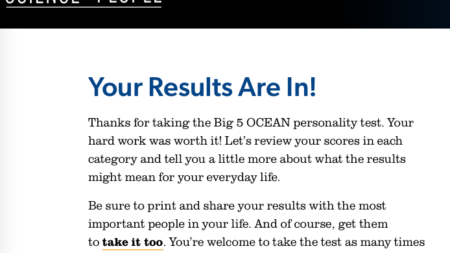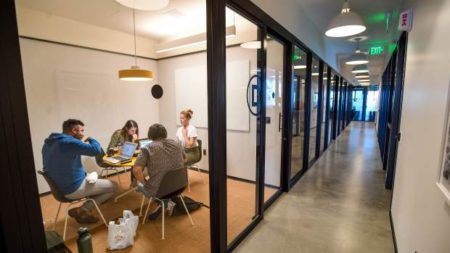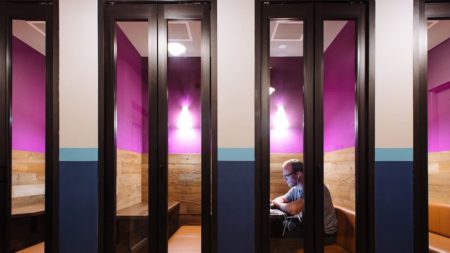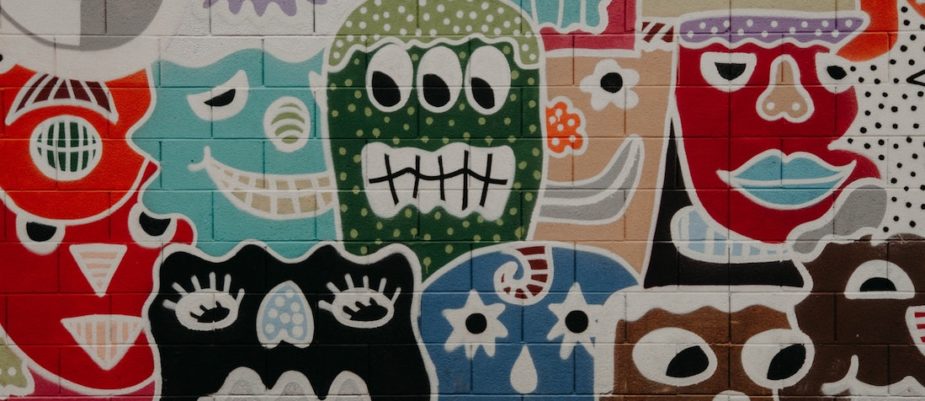
Neurodiversity and individual psychological wellbeing are two fundamental concepts of nowadays workplace design.
Among the personality traits defined by the Big Five, Extrovert /Introvert is one of the most stimulating couples to reflect on for the post-pandemic workplace: how to consider this psychological personality trait in the design and management of human resources?
Mark Cathlove, leader of Herman Miller ‘s International Insight Team, spoke about it in the Psychology of Collaboration webinar, part of the Insight Series Online program organized by Herman Miller that we have selected for the new column “WOWbinar: ideas from the best webconferences”.
Among the 5 personality traits of the famous Big 5 personality assessment psychological test (easily memorized under the acronym O.C.E.A.N: Openness, Conscientiousness, Extroversion, Agreeableness and Neuroticism), the extroversion or introversion of the team members is one of the indications that offers many ideas for the organization of the work environment.
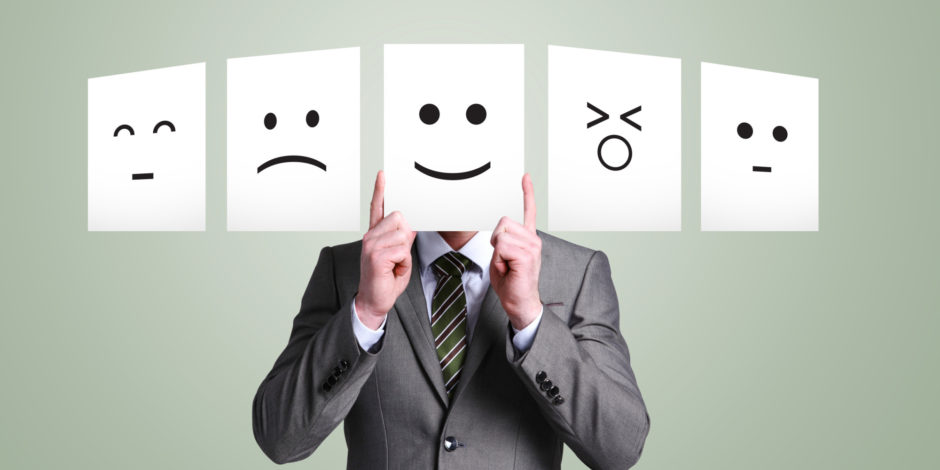
First, who are the extroverts and introverts?
Extroverts are those who seek challenges, who need high stimulation to perform better, both at the level of work challenges and at the level of spatial elements, such as strong colors, activity-based design, and in-between spaces. They are social and impulsive people and love improvising.
On the other hand, introverts are those who love to be in control of the situation, who prefer written communication and always being well-prepared for any eventuality. They are more thoughtful, and do not need a high level of stimulation to be performing: on the contrary, a too demanding and pressing level could inhibit them.
To find your personality traits, a short 5-minute simplified test is available online.
How to involve everyone?
If the diversity of the team, at any level, is a benefit for each company, the presence of extroverted and introverted personality traits is necessary.
Starting from Altman’s definition of privacy as our ability to control our availability to others, Mark Catchlove proposed to preserve a diversity of spaces based on three different distinctions:
– “socio-centric” / “socio-fugal”.
– relaxing/stimulating.
– dedicated to a specific function/space that allows improvisation.
The psychological impact of the current situation.
Space is not only beautiful or ugly but, above all, it is welcoming or not welcoming, insofar as it respects our personal “nature”.
“Noise, for example, isn’t the problem in itself, but it is about the unwelcomeness of noise,” Catchlove said.
When we talk about barriers and distancing, at the same time we cannot avoid reflecting on what impact all this will have on people. If on the one hand, we have to face the problem of how to stimulate extroverted personalities, suffocated by distancing and virtual communication, on the other hand, even introverts find themselves in a new situation where their need to control the situation is at risk.
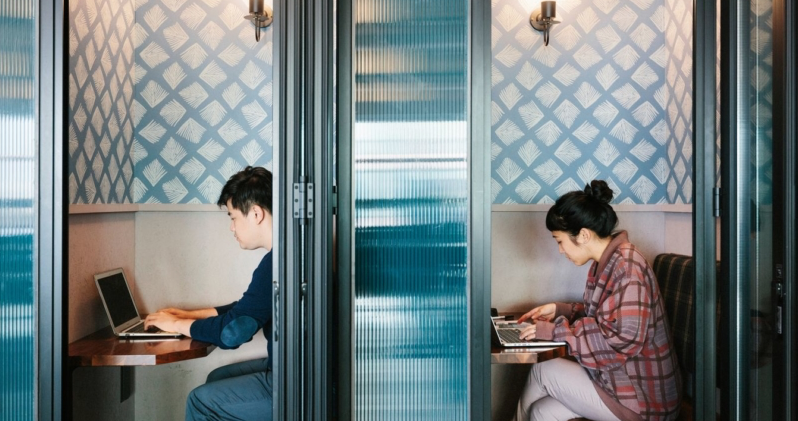
A diversity to be preserved.
Despite the changes imposed by the current situation, it is, therefore, more necessary than ever to maintain a range of collaborative spaces and styles in order to allow everyone to feel comfortable.
Talking about the workplace, besides sticking to the principles of what Herman Miller has called Living Office, Mark Catchlove gave another suggestion: we must not focus only on the communicative event itself, such as the meeting, but on what happens around it, before and after.
Each meeting place, for example, must include the design of spaces and times around it, in order to allow participants to prepare themselves, meet, concentrate, and at the end to “decompress” the tension that the meeting has created, to reflect on what has been decided, to rework it. And so should be the post-pandemic workplace: a set of places as a source for each of us, different from stimulus, preparation, meeting, and decompression.
Eventually, it is useful to consider work environment and organization as two sides of the main coin that mutually affect our performance and our level of wellbeing: therefore, the ability to stimulate and organize the team becomes today an even more important lever to compensate for a space of barriers and distancing.
Text by Gabriele Masi.
